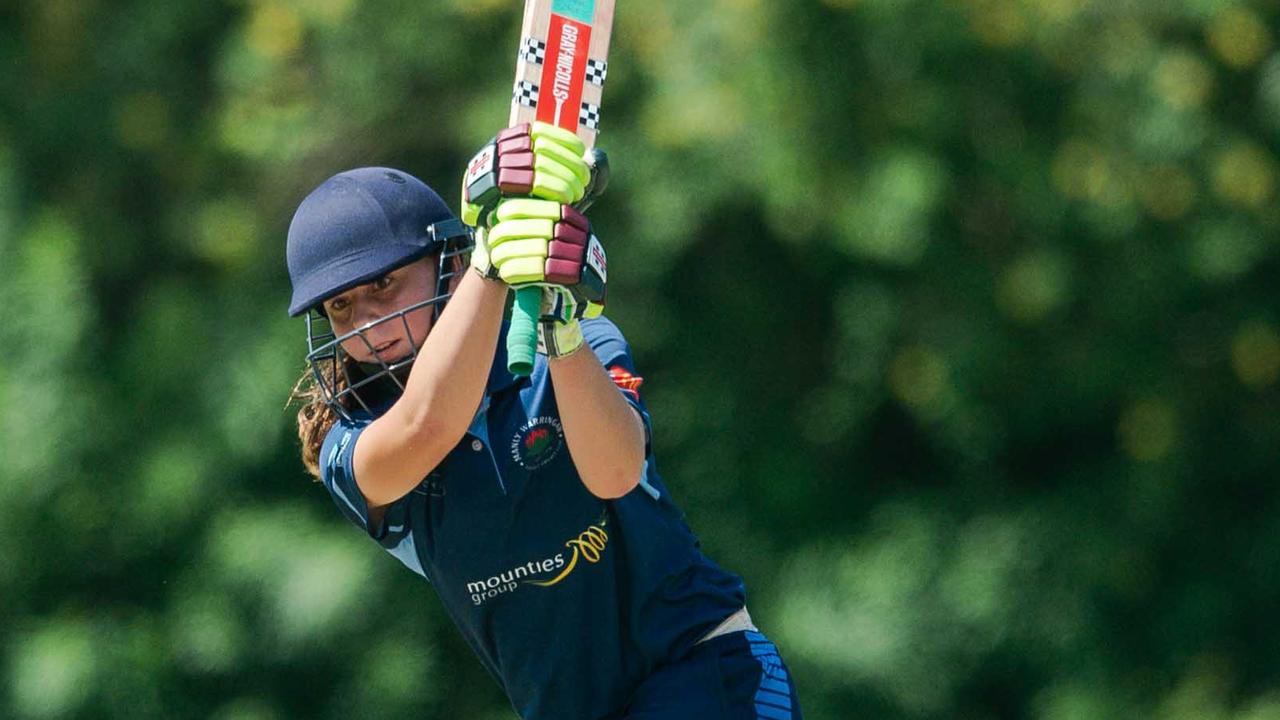‘Hard to follow’: NPL clubs react to Australian football overhaul
Australia’s NPL competitions are set for arguably their biggest overhaul in history. Find out what clubs think about the changes.
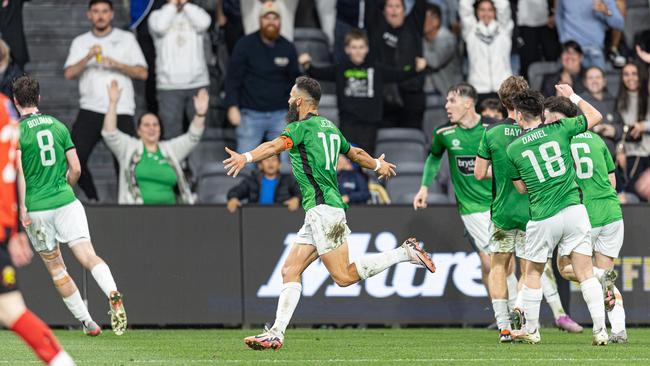
Local Sport
Don't miss out on the headlines from Local Sport. Followed categories will be added to My News.
At Cromer Park in Sydney’s Northern Beaches, Manly United head coach Patrick Zwaanswijk shuffles through emails detailing yet another transformation of Australian football.
During more than a decade in the dugout, he’s watched on as Football NSW’s National Premier League (NPL) has morphed repeatedly – from teams being added to the competition, to countless rule changes implemented and requirements around club rosters introduced. And now, the NPL is facing arguably its most dramatic overhaul yet.
“It’s hard to follow,” said Zwaanswijk, who enjoyed a glittering 15-year professional career in the Netherlands, Japan and Australia.
“In the 11 years I’ve been in coaching, there have been many changes to the competition. It’s gone from 12 teams to 16 teams, changes to the points system, to the visa system and this time homegrown players.
“It’s just very hard to follow for coaches and players.“
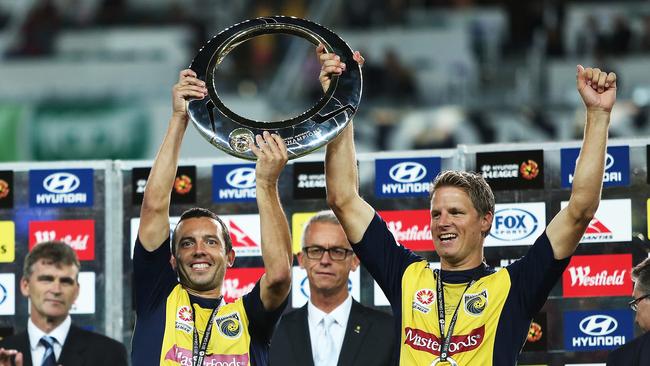
The changes Zwaanswijk is talking about were announced by Football Australia in September, and will apply to all men’s NPL competitions across the states. In the absence of a planned but not yet established National Second Division (NSD), NPL competitions are in essence on the second tier of Australian football, one step below the A-League.
The changes will phase out the current Player Points System – introduced after a review in 2012 – in favour of stringent squad composition rules starting in 2026.
The headline change – and arguably one the most radical in the history of state football competitions – dictates that clubs must include a minimum of five youth players (under 23) on their first grade matchday team sheets, of which at least two must be under 20.
The FA has also introduced a “2+1” visa player limit, allowing a maximum of two foreign players from any confederation and one from either Asia or Oceania, and notably introduced a ban on non-Australian goalkeepers.
Elsewhere, the rules dictate that all clubs must have a minimum of three “homegrown” players in their first grade matchday squads, while a loan system has also been introduced.
Triggered by the lack of success of Australian youth national teams, the changes are part of a plan to try and improve the country’s elite youth pathways and, ultimately, the Socceroos.
FIXING YOUTH DEVELOPMENT?
Across NSW, from Sydney’s bustling suburbs to the Hunter’s football heartland, clubs in both the NSW and Northern NSW NPL competitions are grappling with what these changes mean for their future.
Responses varied dramatically depending on where you looked and who you asked.
Unsurprisingly, the main bone contention was the requirement that five youth players must be included in the first grade matchday squad.
In Sydney’s south, Sutherland Sharks president Allan Edmondson could barely contain his enthusiasm.
“That is great!” he said, explaining how his club has already positioned itself for such a transition.
“We’re all about development of the players and development of the coaches… We will put in those practices for the grassroots youth level.”
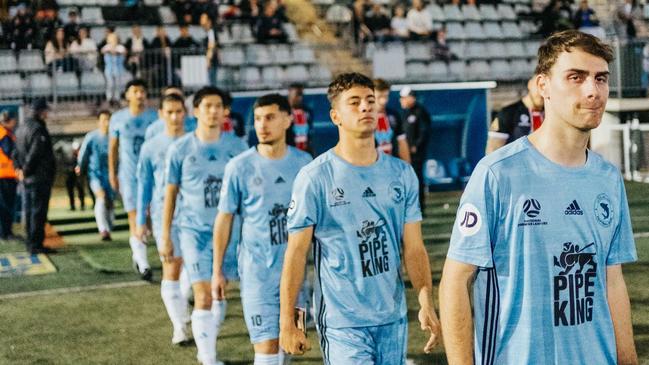
Two hours north in Blacksmiths, Mitch Stafford, the coach of newly-promoted Northern NPL club Belswans, also sees opportunity.
“I think it’s a positive for us because we’re in a position where we have to give young guys an opportunity because we don’t have a budget where we can bring in high-end marquee players,” he said.
“If anything it helps us as a club coming into the league,” he added. “I think it’s a bit of a leveller. These high-end players will have to be moved around a bit because there’ll be constraints with the number of older players in these teams.”
There was a similar sentiment among emerging or smaller clubs, who were of the opinion that they would benefit from the rules.
For example at Mount Druitt, fresh from securing promotion to NPL1 in the Sydney competition, head coach Andrew Montgomery views the changes as validation of their existing philosophy.
“We were the number one club in the state for giving first grade minutes to players under the age of 20. We’ve always had this culture,” he said.
“I think it’s outstanding for the future of the game, and also for clubs such as ours that are renowned for producing the best talent, who are then poached by other clubs.”
SPORTING PRINCIPLES
But through the corridors at more established clubs, concerns echo. At Rockdale Ilinden, one of Sydney’s historic football institutions, general manager Louie Belevski is looking for more answers.
“If there’s a requirement to have five on the team sheet, it is not clear to me whether it’s capped at five, or five at any given time,” he said.
“If there’s an injury and there are only four youth players, what are the consequences?”
For Rockdale, the mathematics are simple but concerning.
“Five youth players leave 14 senior, main players with NPL experience,” Belevski said.
“Any injury or suspension can leave a big team in a vulnerable state, where players who may not be ready yet must fill key roles in competitive teams.”
These practical concerns and calls for more information are mirrored in Newcastle by Scott Douglas, president of Northern NPL heavyweights Lambton Jaffas.
“The issue would be that you’d have to pick a certain number of players at a certain age, meaning if you’ve got a couple of young ones in your squad and they get injured, you can’t go and replace them with an older player.”
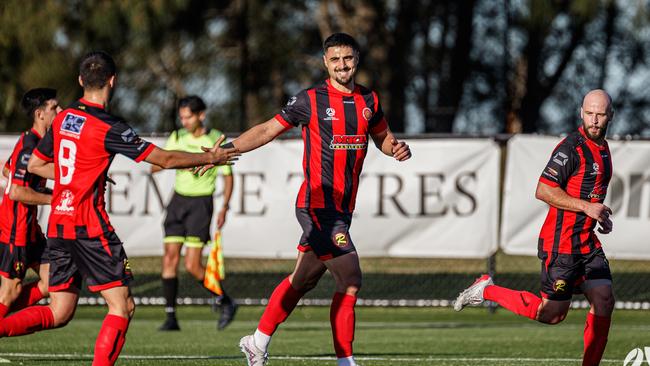
While noting that his club would already go close to meeting the requirements, Douglas raised questions about the sheer principle of putting age-based restrictions on first grade squads instead of just picking your best team.
“It gets away from football content when you get that prescriptive about things and if age determines whether you get a spot instead of ability,” he said.
Indeed, although he believes his club will benefit from the new system, Belswans coach Stafford raised concerns that it could ultimately create a false economy in local football.
“I also think it could be negative because a good 18-year-old kid is in more demand and can get a lot more money due to his age rather than his actual skillset,” he said.
Back at Manly, Zwaanswijk voices what many fear could become tokenistic youth promotion as clubs look to tick the boxes.
“What’s the point of selecting these homegrown players if they just sit on the bench and don’t play?”
It’s a question that cuts to the heart of the planned changes.

While the FA wants to give more first grade opportunities to younger players in the name of youth development, not everyone is convinced that the changes will have the desired effect.
“If the FA’s objective is to make sure that young players are getting those opportunities – and that sounds like what they’re doing – that’s probably OK. But they still have to be good enough, otherwise you’re just lowering the standard,” said Lambton president Douglas.
Indeed, the NNSW NPL provides a cautionary tale when it comes to imposing age restrictions.
Several clubs in Newcastle have argued that the federation’s decision to turn reserve grade into an under-20s competition – a move it has since reversed – led to a significant drop in the quality of the grade that has ultimately created challenges in the youth development space.
“I think that comes down to there not being a lot of older, experienced players playing reserve grade,” said Douglas.
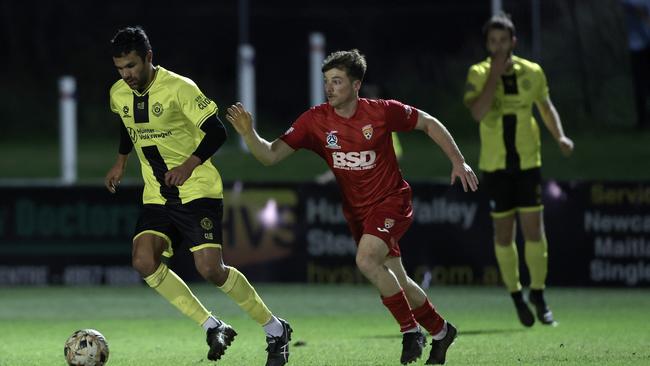
“(In reserve grade) they’re 19-20-year-olds playing against 19-20-year-olds, so when you get to the next level in first grade it’s a more experienced squad and the younger boys coming in take time to adjust to that.”
In addition, there are also questions as to whether capping age restrictions at 23 will actually be effective in helping players make the step up to the A-League or planned National Second Division.
“In terms of youth development, at some point you’re good enough if you’re good enough. So at 17, 18, 19, 20, if you’re not at least playing first grade and haven’t got those opportunities in those higher leagues then there are probably limited (professional) pathways anyway,” Douglas added.
FEEDER LEAGUE OR STATE CHAMPIONSHIP?
While some might see the changes as a sensible addition to give younger players a better chance of making it professionally, others have viewed it as a decision that will fundamentally alter the nature of what NPL leagues are.
Traditionally they have been the premier competitions in their various federations, with teams made up of a mix of experienced semi-professionals, up-and-coming young guns and those dipping in and out of the A-League. However there is a sense that the competitions will sharply turn towards being youth-focused development leagues under the FA’s plans.
“I think the NPL will become a feeder league for the A-League, while older players and A-League retirees will drop down to lower divisions,” said Mt Druitt boss Montgomery.
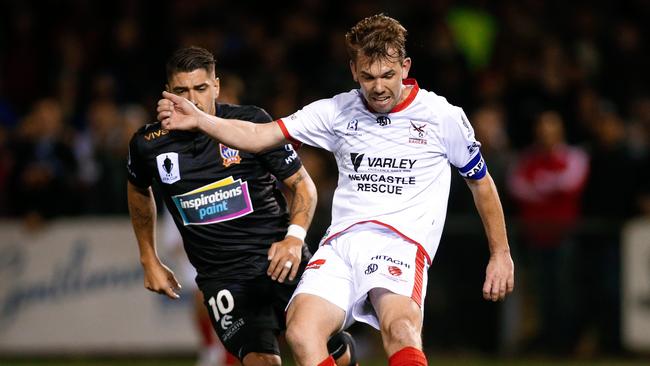
It’s a move questioned by Jaffas president Douglas, whose club has been one of the more successful in NNSW in recent years on the back of having a more experienced squad.
“Does NPL first grade need to be for development or is it just hands off and letting clubs do what they need to do?” he said.
“They’ll still bring young players through because with these sustainability and youth development models you want to provide a pathway for your young players as well. So there’s always going to be a balance. Do they need to be that prescriptive when it comes to the first grade squad? You’d think not.”
He added: “It doesn’t need to be complicated. You want the best players playing week in, week out against each other to have the best possible competition we can. If people can go on to other things, that’s great. But for the majority of them, that’ll be the highest level they’ll play, so make it the best it can be.”
DOUBLE-EDGED SWORD
The point goes to the centre of debate about the priorities of NPL clubs and what their purpose is.
With the new reforms tipped to lead to an increase in player turnover and result in experienced players being squeezed out of clubs earlier than usual, there are concerns that in the search for the next Socceroos, the changes could tear apart the fabric of clubs.
“Will it work in Northern? I think it will, to a certain degree,” said Brett Gibson from NNSW powerhouse Edgeworth. “But what will happen to the likes of players aged 26 to 30 who still want to play at that level? They’re not going to be able to play at that club they’ve been at since they were 15.”
Like many NPL clubs in NSW, Edgeworth already has a strong focus on youth, taking a team with an average age of 22 all the way to this year’s grand final. Nevertheless, Gibson is concerned about what age restrictions could do in the future.
“I think the biggest issue is going to be in 24 months or three years’ time when some of the older players are going to be forced out of the clubs that they’ve been at for life. It’s going to create problems.”
With plenty of arguments on all sides of the debate, Rockdale’s Louie Belevski summed up the sense of caution and optimism ahead of the changes.
“It’s a double-edged sword: this can develop young players with first team exposure but can debilitate a club.”

